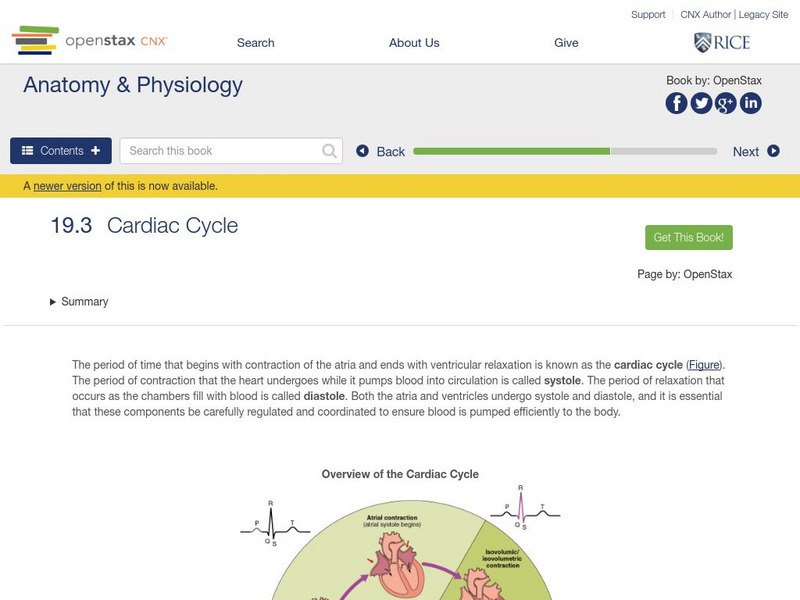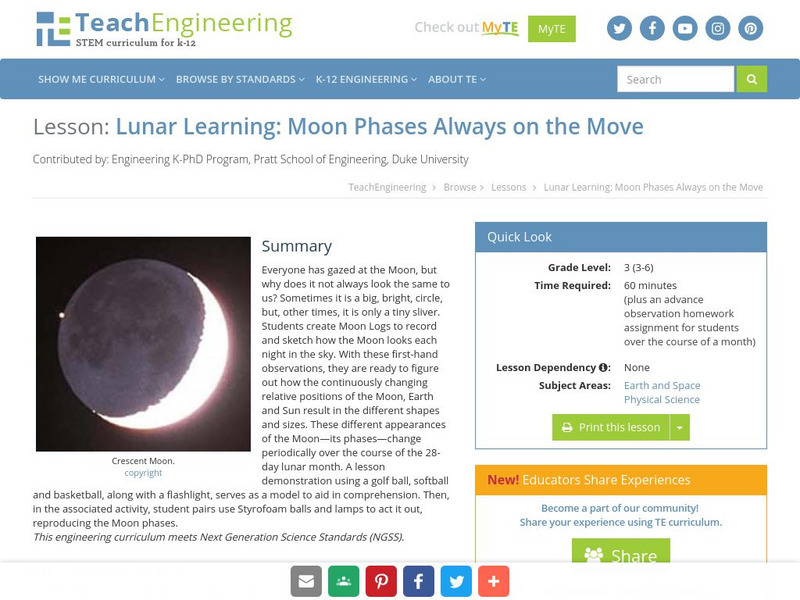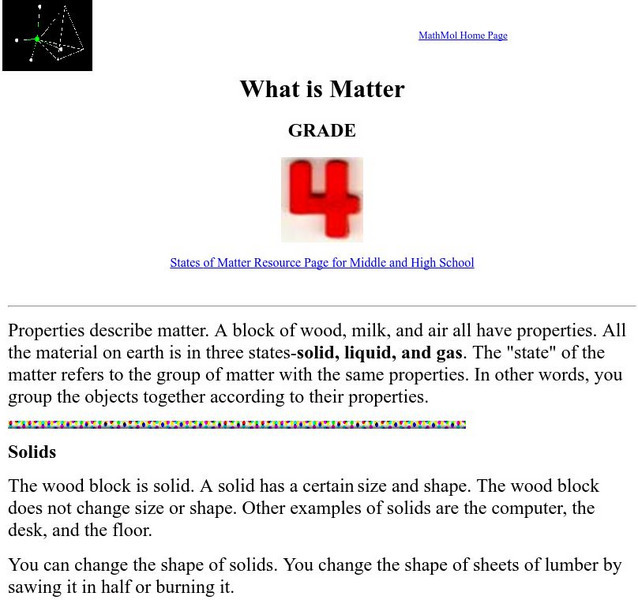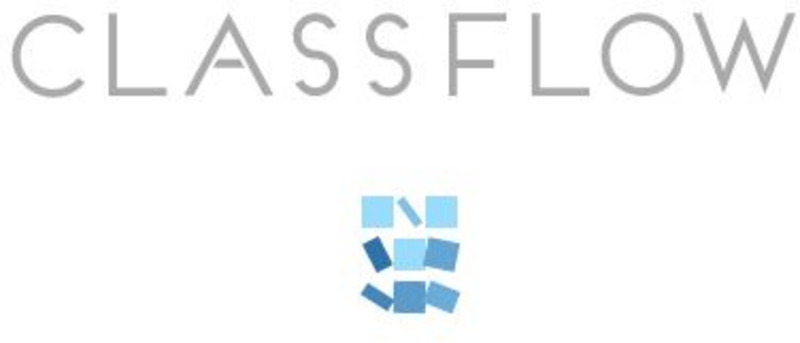Curated OER
Blue Moon
Students explore information about the moon. In this trans-disciplinary lesson, students first listen to a picture book about the moon, then create an accompanying art project to illustrate a blue moon. Finally, the students write facts...
Curated OER
Heating/Cooling Curve
In this heating and cooling curve worksheet, students use a given graph of a substance being heated from a solid to a liquid and then a gas over time. They use the graph to answer eleven questions about the phases of the substance and...
Curated OER
Chapter 3 Worksheet Matter
In this matter worksheet, students answer ten questions about matter including the phase of matter, mixtures and how they are different from compounds, the physical and chemical properties of matter and the difference between homogeneous...
Curated OER
Moon Journal
In this astronomy worksheet, students draw the shape of the moon as it appears in the sky each night for three weeks. With their drawings they include the moon phase and any unusual characteristics they observe.
Curated OER
Tides, Eclipses, Day and Night, and Seasons
In this earth science worksheet, middle schoolers use the clues given at the bottom of the sheet to complete the crossword puzzle on tides, eclipses, day and night, and the seasons of the year. There are 17 clues to solve in the puzzle.
Curated OER
Phases of the Moon Flipbook
Third graders create a flipbook. In this phases of the moon lesson, 3rd graders examine how the moon changes and phases occur. Students create their own flipbook of the phases of the moon using file cards to create a motion-picture...
Curated OER
Moon Phases
Students model moon phases and observe how it changes. In this investigative lesson plan students use a model to demonstrate the different phases of the moon.
Curated OER
Mixtures
In this mixtures activity, students fill in 7 blanks, determine if 4 statements are true or false, match 7 terms with the appropriate definitions, and solve 2 problems. These include topics such as homogeneous and heterogeneous mixtures,...
Curated OER
Phase Changes
In this science worksheet, learners examine the physical changes associated with the change of temperature and mixtures. The answers are included.
Curated OER
Moon Phases
Students engage in a study looking for the differences found during the cycle of one lunar month. They conduct research using a variety of resources. Then the information is used to construct a lunar calendar to observe daily changes and...
Curated OER
What's Happening With the Moon?
Students review the process of scientific inquiry. Using this information, they identify the patterns and cycles of the moon as it revolves around the Earth. In groups, they model the phases of the moon from the Earth and Sun's...
Curated OER
The Many Phases of the Moon
Fifth graders explore the phases of the moon as it relates to the calendar.
American Association of Physics Teachers
Com Padre Digital Library: Open Source Physics: Harmonics and Fourier Series
The downloadable interactive java simulation displays the sum of harmonics through a Fourier series to yield a new wave.
OpenStax
Open Stax: Anatomy & Physiology: Cardiac Cycle
Students learn the structure and function of the cardiac muscle and study the components of the conducting system that distributes electrical impulses through the heart during the cardiac cycle.
TeachEngineering
Teach Engineering: Lunar Learning
Why does the Moon not always look the same to us? Sometimes it is a big, bright, circle, but, other times, it is only a tiny sliver, if we can see it at all. The different shapes and sizes of the slivers of the Moon are referred to as...
Georgia State University
Georgia State University: Hyper Physics: Interference of Sound
Information about the interference of sound and its causes. Well-illustrated and good explanations of the concepts; part of a large hyper-textbook on various physics concepts.
Science Education Resource Center at Carleton College
Serc: Mystery Material: Is It a Solid or a Liquid?
Is it a solid or a liquid? In this activity, middle schoolers will handle a mystery substance that has qualities of both a solid and a liquid while learning about phases. They will manipulate the substance, record any observations they...
Center for Literacy and Disability Studies, University of North Carolina at Chapel Hill
Tar Heel Reader: Liquids: A Science Curriculum Resource Support
Read about solids, liquids, and gases, and find out about the phases of matter.
Center for Literacy and Disability Studies, University of North Carolina at Chapel Hill
Tar Heel Reader: Three Kinds of Matter: Solids, Liquids, and Gases
Find out about the three states of matter: solids, liquids, and gases.
American Chemical Society
Middle School Chemistry: Changing State Freezing
Discover how freezing works, when the change of state moves from liquid to solid.
New York University
New York University: What Is Matter?
At this resource discover the difference between solids, liquids, and gases. Practice what you just learned with included review questions.
New York University
New York University: States of Water
Use this resource to learn about the three different phases of water; solid, liquid, and gas. What happens to water as it changes into a solid or gas? Includes short and easy to do activity.
ClassFlow
Class Flow: Phases of the Moon
[Free Registration/Login Required] This flipchart demonstrates how the positions of the Earth, Moon and Sun cause phases of the Moon. It also illustrates the positions of the Earth, Moon, and Sun during a day and a month's time.






















